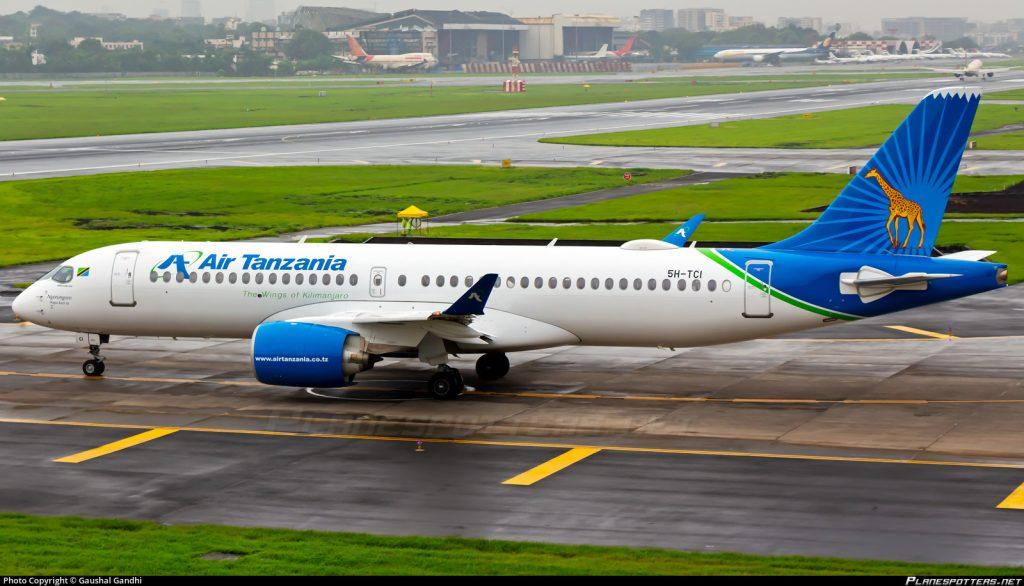The resurgence of Air Tanzania, the national airline of Tanzania, has sparked considerable debate. On one side, proponents argue it’s necessary to boost tourism, enhance connectivity, and stimulate economic growth. However, skeptics question the financial viability of the move, citing high operational costs and low frequency of travel. This article aims to explore these perspectives in the context of various sectors that could be affected.
Air Tanzania’s revival and its expanded flight routes have significant implications for the country’s tourism industry. Improved accessibility can boost tourist arrivals, increasing foreign exchange earnings and stimulating other sectors linked to tourism, such as hospitality, food and beverage, and local handicrafts. Reviving the airline provides better domestic and regional connectivity, which can facilitate business travel.
This could prove essential for local businesses and foreign investors alike, reducing travel times and costs while fostering a more integrated East African business community. The current re-invigorated ATCL possesses loads of potential at its shoulders. Within only one and a half years since its revival. The ATCL passengers have increased by 70% from around 4,000 in October 2016 to over 24,000 passengers by June 2018.
It is projected that by 2020 passenger numbers will have increased to more than 100 000 passengers per month. ATCL routes have also increased from 5 in 2016 to 17 by November 2019. Air Tanzania serves seven international destinations, including Comoro, Burundi, and Uganda, and recently added routes to Zimbabwe, Zambia, South Africa, and India. ATCL also operates in ten domestic destinations from Dar es Salaam’s Julius Nyerere International Airport hub. The company is also set to start flying to Thailand and China.
While the operationalization of Air Tanzania creates direct employment opportunities within the airline industry – from pilots and cabin crew to maintenance staff and ground handlers. Moreover, the indirect job creation in sectors like tourism, hospitality, and airport retailing can also be substantial.
The Financial Viability Debate
High Operational Costs: The aviation industry is notoriously cost-intensive. High costs, ranging from aircraft acquisition and maintenance to staff salaries, fuel, airport fees, and insurance, can lead to substantial operating expenses. Given the low travel frequency, especially in the wake of COVID-19, recovering these costs could pose a significant challenge for Air Tanzania.
Competition: The aviation market in East Africa is highly competitive, with several established players like Kenya Airways, Ethiopian Airlines, and low-cost carriers. For Air Tanzania to carve out a profitable market share in such a competitive environment might be challenging.
Economic Returns: The crux of the debate lies in the economic return on the government’s investment in Air Tanzania. Critics argue that given the high costs and tough competition, the airline might not generate a positive return on investment (ROI) for the government.
In assessing the economic impact of reviving Air Tanzania, it’s essential to consider both the direct and indirect effects on the economy. While the direct effect might currently show a negative balance due to the high operational costs, the indirect effects through the stimulation of tourism, hospitality, and other sectors can be substantial.
Moreover, the impact should be viewed in a long-term context. In the short term, losses are likely due to high startup costs and low travel frequencies. However, as the airline establishes itself and boosts tourism and business travel, the long-term economic gains could outweigh the initial losses.
The challenge for the Tanzanian government lies in managing the operational costs effectively and marketing the airline strategically to ensure it attracts enough passengers to make it economically viable. Additionally, it needs to improve the tourism infrastructure and services to fully leverage the potential tourism boost provided by Air Tanzania.
In conclusion, the debate on the financial viability of reviving Air Tanzania is complex, with valid points on both sides. It’s crucial to approach the topic with a holistic perspective, considering both the immediate financial implications and the long-term potential for economic growth. It will take careful planning, strategic management, and patience to navigate this ambitious project toward success.

